Off-worlders
So, who are the off-worlders? There are 6 civilisations helping out with the exploration and protection of Kaleida, and they each come from different corners of the universe.
Eborgine
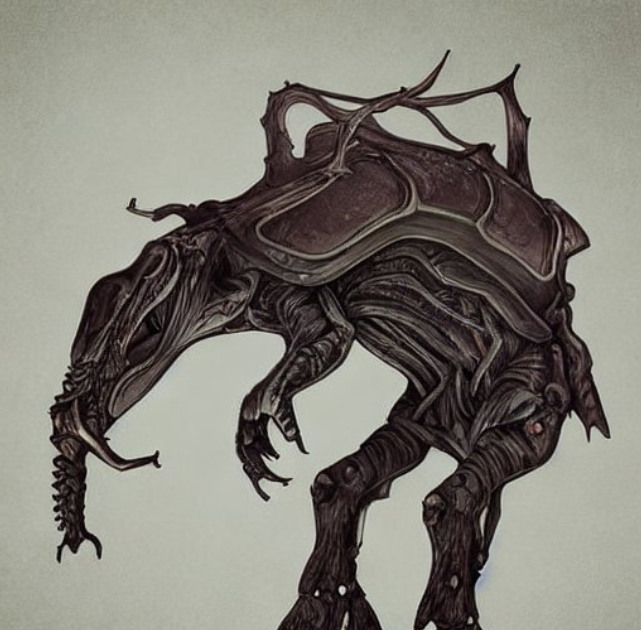
|
Part-quadruped, part-biped creatures. They are notable for having two qualities that drew the interest of the rest of the intergalactic community: their lack of militaristic aggression, and their willingness to put a lot of effort into understanding the universe around them. It was their passion for learning without becoming greedy that gave them a seat at the table for supporting the protection of planets like Kaleida.
Read their full lore bible here.
Ispep
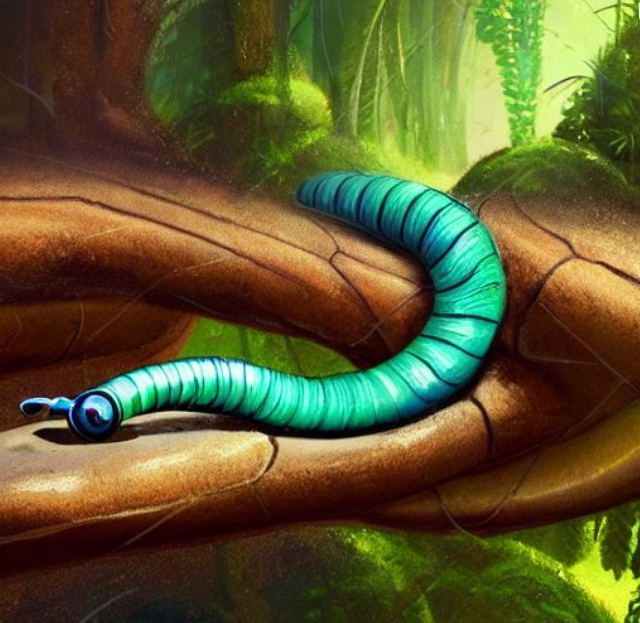
|
Green-blue, worm-like creatures that live in small hives called ‘bundles’.
At first glance, they appear to be a terrible choice for Kaleida’s protection team: they are largely disinterested in their non-ispep team-mates, struggle to cope for long away from their bundles, and produce toxic slime when under stress. However, they have a strong understanding of the workings of natural networks and act as wandering chemistry analysis labs.
Read their full lore bible here.
Furries
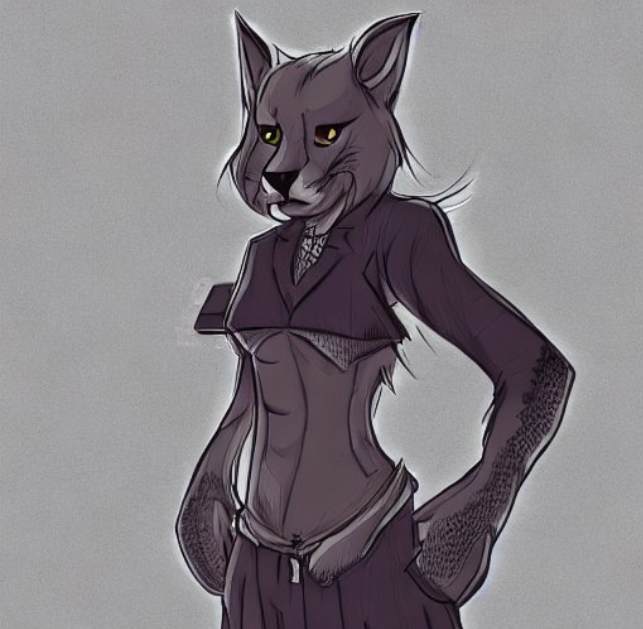
|
A diverse society made up of many species, all of which are familiar to inhabitants of Earth despite the fact that the furries have evolved entirely separately from Earth, on planet Zoiya. They have a strong tendency towards egalitarianism, borne of their widely varying traits.
Read their full lore bible here.
Humans
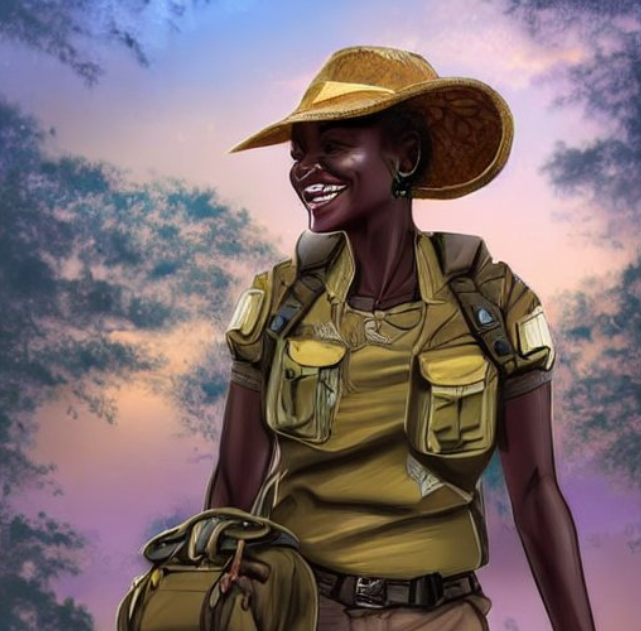
|
It is assumed that the reader is familiar with humans. However, in context of Kaleida's off-worlder team, humans are a bipedal civilisation that was largely left to either destroy their own world and themselves with it, or learn to take care of it. They arguably passed the test and were granted limited access to the intergalactic community, where they are known as moderately aggressive, though prone to high intelligence - in other words, good all-rounders for either ranger or researcher positions.
Kz-cutl
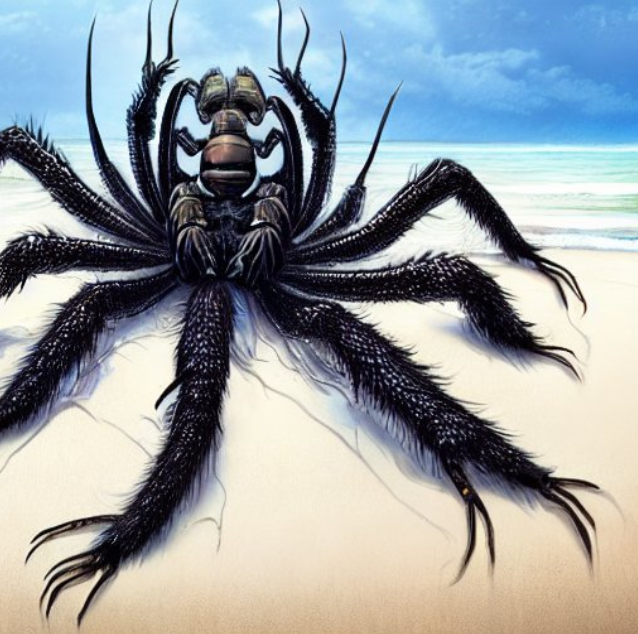
|
Blind, quasi-hive-minded decapods who contribute strongly to the intergalactic community with their discoveries in physics, both theoretical and applied. Their particular expertise is in spatial awareness. They generally take well to teamwork, so long as their colleagues don’t suffer unduly from arachnophobia.
Read their full lore bible here.
Stull

|
Historically, warriors at heart, but have largely outgrown a culture of violence for its own sake. Nowadays they approach daunting tasks such as the protection of a beautiful planet with the same enthusiasm as their ancestors might have done with an opponent on the battlefield.
Read their full lore bible here.